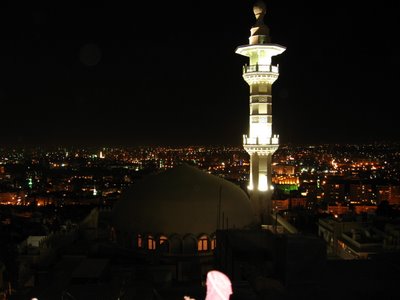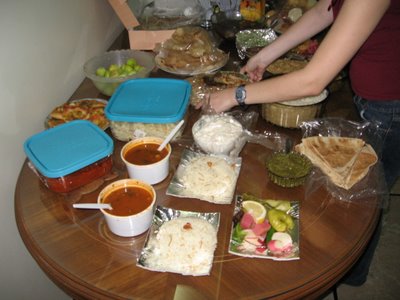Marhaba?
The first thing to know about the Lebanese, or at least the educated classes in Beirut, is that they are proud to speak English and French well -- whereas the Syrians are proud to speak Arabic well. (Syrians are coveted as news presenters by the Arabic cable news channels because they are renowned for their flawless formal Arabic.)
The Lebanese reasoning goes: If I speak English better than you speak Arabic, why are you wasting my time with your Arabic. So when an American insists on speaking Arabic to waiters in restaurants, soliciting directions in Arabic on the street, the answer is never in Arabic, no matter how well he is understood. And if he speaks in the Damascene dialect, a barrage of English is often coupled with smirks, even outright laughs.
In Lebanon, Arabic dialects are linked closely to religious and national identities and tied to regional and sectarian strife. During the country’s long civil war, Maronite Christian militias were known to kill a man if he pronounced the Arabic word for tomato -- bandora, or is it banadoora? -- with a Palestinian accent.
The Damascene accent is that of the army that occupied parts of Lebanon for 30 years, until it left year. It is the accent of the government accused by many Lebanese of assassinating the former Lebanese prime minister, Rafik Hariri. And it is increasingly the accent of poor guest workers. (Higher wages in Lebanon attract Syrian laborers.)
I don’t blame the Lebanese for preferring to hear their own Arabic from a stranger, if any Arabic at all. The next time I visit Beirut, I think I might stick to English.
















